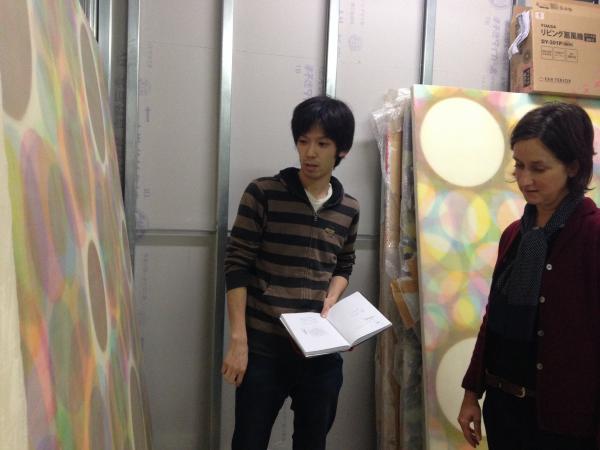
I'm in Sapporo, Japan, undertaking a Curatorial Research Residency with S-AIR to find out about how the Fukushima Nuclear Power Plant disaster has impacted on artists practices. I'm working with S-AIR to organise an exhibition and event to take place next summer alongside the Sapporo International Arts Festival 2014.
Nuclear Culture is a curatorial research project to create a context for commissioning artists and curating exhibitions to reveal how nuclear knowledge and experience changes the way in which we see and understand the world. This includes an investigation into the materiality of the art object, and questions of immateriality and invisibility, and risk perception. I'm also interested to find out how new modes of art-activist practices gain traction within contemporary visual culture.
The S-AIR research residency will aim to find out how the Fukushima Diachi power plant disaster has impacted on artists practice in Japan. This has led to artists making work in direct response to the situation, as well as a wider conceptual enquiry into the characteristics of radioactive materials both in the present and the future. These include investigations into aesthetic, conceptual, material, temporal and social concerns. For example, internationally there is a renewed interest in deep-time and reflection on the human geologic time of the Anthropocence.
The term ‘Nuclear Culture’ can be used to identify the way in which nuclear concerns are dealt with in cultural forms, ie art, music, film. But it can also be used to think about the nuclear industry in terms of cultural behavior; this includes decision making structures, and the way in which society accepts or resists nuclear energy, weapons, waste storage and the variability of perceived risk.
The art-world connects people internationally so easily. I'm instantly immersed in the S-Air mostly international crowd of superbly interesting people who are passionate and frank in their discussions, and happy to help me with my research. The Great Earthquake and the Fukushima disaster has affected the consciousness and imagination of Japan, everyone has experiences to share and opinions to explain. Visiting Yuki Yamamoto's studio to see his beautiful abstract paintings, I tell him about my research. Yuki is quick to explain that he dosen't want to create literal or political images. As we talk he discusses the formal aspects of the work in terms of positive and negative space, only now the positive is a pulsating atom, and the negative is a space bleached by radiation. Form becomes matter, and absence takes on new narratives. Circles become the familiar pattern of water storage drums stretching out across the Fukushima landscape.
Lots of artists have been to Fukushima, they show me photos on their iPhones, and tell me about walking around in the restricted zones; it's impossible to describe to me yet, this will take time. The next three weeks will be spent in Sapporo, meeting artists, writing, and giving a lecture in Sapporo on Thursday 17th October. Then I will travel with Kyoko Tachibana to the Aichi Triennale in Nagoya and spend a couple of days in Tokyo before returning to London. I'll be writing a series of blog posts on the research process during October.
The Residency has been organised by The Arts Catalyst and S-AIR, funded by the Agency for Cultural Affairs Government of Japan in the fiscal 2013.